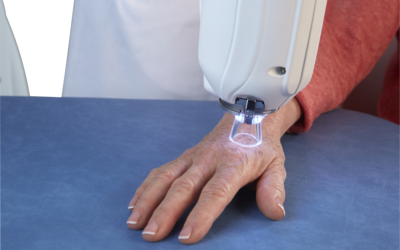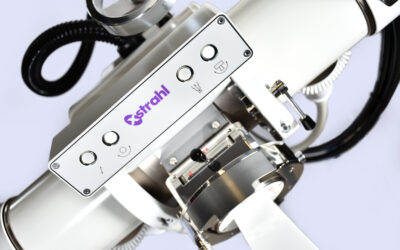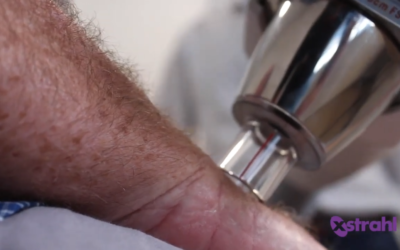PURPOSE:
Nonmelanoma skin cancer (NMSC) is the commonest cancer in humans. NMSC treatment currently includes surgery, radiation therapy, and topical approaches. The objective was to analyze and compare the outcomes, toxicity, and cosmesis of NMSC treated by two hypofractionated high-dose-rate (HDR) plesiotherapy techniques.
METHODS AND MATERIALS:
A retrospective institutional clinical study of 134 basal cell or squamous cell skin carcinomas treated at Radiation Oncology Department. Lesions were treated from November 2006 to December 2011 with a moderate hypofractionated HDR plesiotherapy using a fixed applicator or a customized mold.
RESULTS:
After a median follow-up of 33 months, overall disease-free survival at 3 and 5 years was 95.12% and 93.36%, respectively. For Leipzig applicator, disease-free survival at 3 years was 94.9% and 94.9% at 5 years, for customized mold was 93.1% at 3 years and 88% at 5 years. Complete regression was achieved in 98% of lesions. Two lesions persisted after treatment; both had been treated by a Leipzig applicator. Six lesions suffered local recurrence (five Leipzig applicators and three molds, p = 0.404). Grade <2 acute toxicity noted in 57.3% of patients. Only 2.2% of lesions had Grade 4 acute toxicity. Borderline significant increase of toxicity was associated with customized molds (p = 0.067). Larger tumors were associated with higher acute skin toxicity. The cosmesis outcomes were excellent or good in 82% of patients, fair in 13%, and not available in 5%.
CONCLUSIONS:
Hypofractionated HDR plesiotherapy is an effective and well-tolerated treatment for NMSC with different toxicity levels depending on the plesiotherapy technique used.
Arenas M, Arguís M, Díez-Presa L, Henríquez I, Murcia-Mejía M, Gascón M, Gómez D, Lafuerza A, Mur E, Azón A, Rovirosa À & Sabater S.






